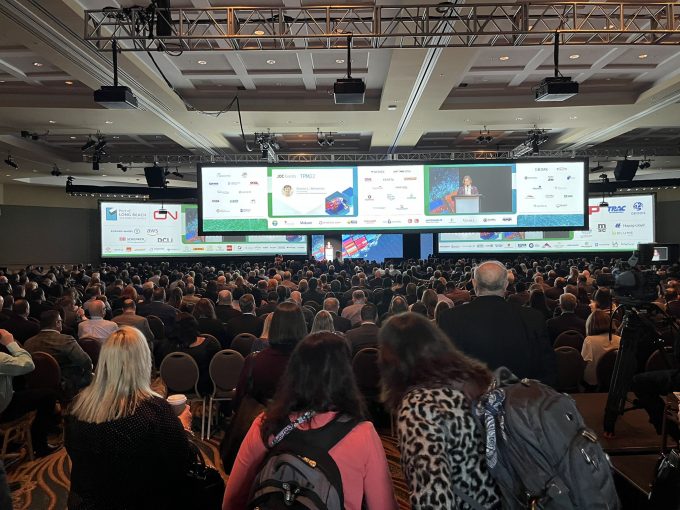Schenker makes an impact as DSV announces Q2 results
In its first quarterly results since it completed the acquisition of DB Schenker, DSV chief ...

Shippers and BCOs have come out in force to attend TPM22 in Long Beach, California, this week and want to leave with improved visibility of the current “supply chain mess”.
It’s a supply chain crisis that has hobbled timely delivery of products to retail shelves and ...


Comment on this article